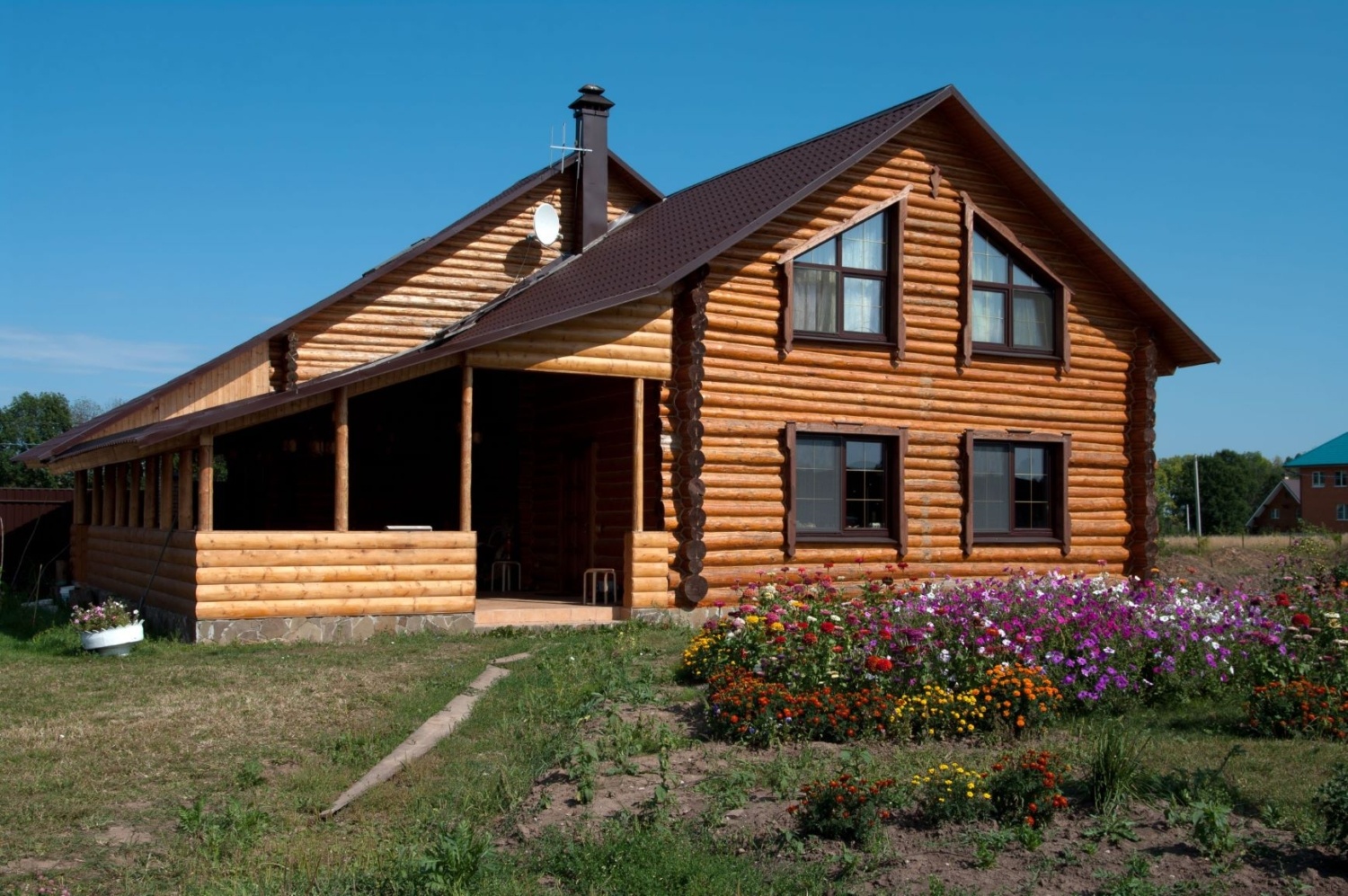
Choosing the foundation for your log cabin is a big decision. Log cabin foundations differ from simple shed foundations.
The weight and load of your cabin are safely transferred through the ground using foundations. As a result, your log home should be built on a solid and long-lasting foundation.
This article explores the different types of foundations to use, when to use them, and how to build them for your new log cabin.
Importance of foundation
Foundation provides strength and stability to your cabin. It protects your house from the following threats:
- Subsidence – Subsidence is a condition in which the soil moves away from your home over time and removes the foundation. Subsidence takes a long time to develop. Fortunately, it’s easy to spot in its most severe forms because the cabin is usually crooked.
- Settlement – Settlement occurs when the cabin’s weight and load cause soil to move away from the structure. It causes the cabin to sink into the ground.
Factors Influence Foundation
The following factors will influence the foundation you choose for your cabin:
- The rock and soil types that exist on your land (Rock, Gravel, Sand, Chalk, Clay, or Peat)
- Your log cabin’s size
- Water tables
- contours of sand and gravel
- Site Ground (topography)
- Rock and gravel contours
- Budget for building
Concrete base
A raft foundation is a simple foundation technique that involves laying a raft of concrete underneath your entire log cabin.
Raft foundations are typically laid on hardcore to protect your cabin from ground movements, such as stone or broken bricks.
Technique
Raft foundations are typically laid on the soft ground To help spread a load of your cabin because the soft soil has a lower bearing capacity.
- Raft foundations are ideal for poor ground conditions where traditional foundations (such as strip foundations) would not correctly transfer the cabin’s load.
Process
Mark four edges of your cabin’s parameter with pegs and then add 6” to the parameter of the house.
- To a depth of 80mm to 100mm, excavate all of the ground within your pegs and then fill the area with hardcore.
- Install wooden formwork around the foundation’s perimeter to act as a shutter. It keeps the concrete woods and pour the concrete according to the recommended mix strength.
Strip foundation base
The most common foundation technique used for traditional brick and mortar homes is a strip foundation. A strip foundation is a continuous strip of concrete beneath the load-bearing timber in your cabin.
It’s used when your cabin’s area has a solid soil foundation and no standing water or water logging signs. The strip foundation should have a compact soil base at the bottom.
- Use this strategy if you have clay on-site.
- Only use a strip foundation for log cabins that build on dry land with no standing water.
- Strip foundations are a shallow form of foundation so that only single-story cabins are supported unless you have decided to create a deep strip foundation.
Process
Determine the entire load-bearing timbers using your log cabin’s floor plan design. Then, using pegs and string, mark out the woods.
- After marking, excavate ground within pegs to a depth of 600mm with a width of 300mm. The 300mm width ensures that 12” logs will fit comfortably on the foundation.
- Mix and pour the concrete to a depth of 150mm using the same steps as in the raft foundation.
- Once the concrete has hardened, use engineering blocks to construct a wall up to the finished ground level.
Pad foundation
A pad foundation carries your cabin’s single-point load. Each four corners typically rest on a concrete pad foundation. So, each concrete pad rests beneath one of your log cabin’s corners.
Pad foundations are usually square, made of concrete with rebar reinforcement. The load is then transferred from the cabin to the surrounding ground by the pad.
Technique
- When an existing strong soil base is available for your cabin site, you should use a padded base.
Conclusion
Hopefully, you found this article on cabin foundations to be both informative and valuable. You can also use log cabin kits for its maintenance. You should be able to choose the best foundation for your log cabin home now!
To avoid making any simple mistakes, review the best tips and advice summary above and, if possible, consult a structural engineer to verify your foundation choice.

